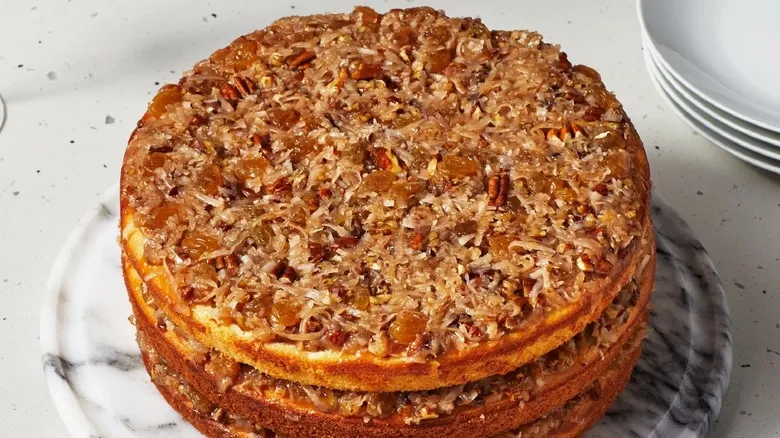The recipe was republished and even written about in a literary classic
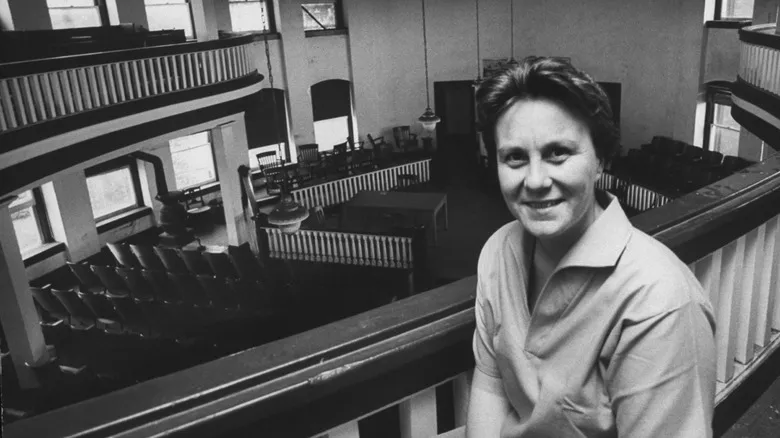
Throughout the years, the recipe for Lane cake has appeared in countless regional and national cookbooks from the 1920s, '40s, and beyond, helping to maintain its popularity. It's impossible to talk about Lane cake without referencing its role in the literary masterpiece, "To Kill a Mockingbird." In Harper Lee's Pulitzer Prize-winning novel, which is set in Alabama, Miss Maudie is renowned for her rich and spirited Lane cakes. The story's main character, Scout, famously remarks, "Miss Maudie Atkinson baked a Lane cake so loaded with shine it made me tight."
Like many traditional recipes, the original Lane cake has evolved over time, with families customizing it to suit their tastes. Some variations include different amounts of whiskey or bourbon—often influenced by personal beliefs—while others incorporate coconut or enhance the gooey filling with treats like candied pineapple. Some versions skip the icing entirely, allowing the sweet custard to serve as both filling and frosting, while others opt for yellow cake instead of white. Contemporary adaptations even introduce peaches and peach schnapps, a surprising twist that might leave Miss Maudie in shock, yet is delightful in its own way.
One consensus among enthusiasts is that the cake improves with age, truly reaching its peak flavor on the second or third day, when the bourbon has had enough time to permeate each layer, creating a boozy delight that wins over everyone.
Though retro, the treat holds up today
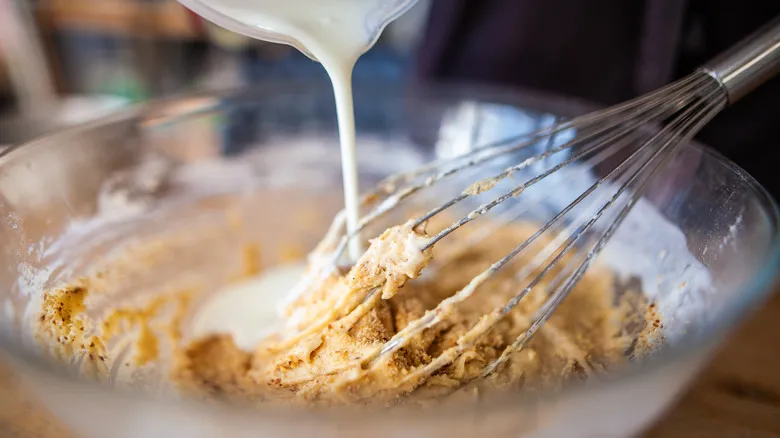
Exploring culinary history and treats from the past is fascinating, but our favorite way to delve into the past is by savoring the actual dishes. The Lane cake, though nostalgic, remains a classic. Whether it was first introduced in 1898 or enjoyed today, dessert enthusiasts—whether from the South or elsewhere—have long cherished the delightful combination of its light, buttery layers filled with rich, boozy custard and covered in sweet frosting.
While the Lane cake may not be as popular as it once was, you might still spot it on the menu at select bakeries or restaurants in Alabama and other parts of the Deep South. For a hands-on experience with history, why not try making one yourself? Think of it as an engaging history lesson or a culinary challenge—your patriotic foodie duty to preserve a slice of culinary heritage. The effort will certainly be rewarding.
Recommended
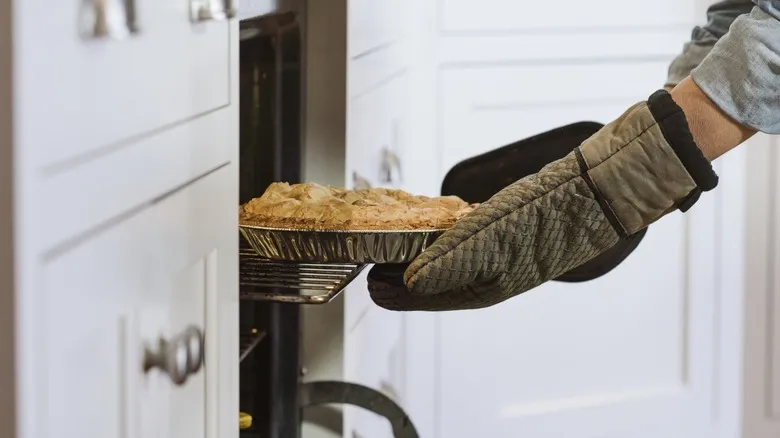
Are You Using The Right Pan When Baking Pie?
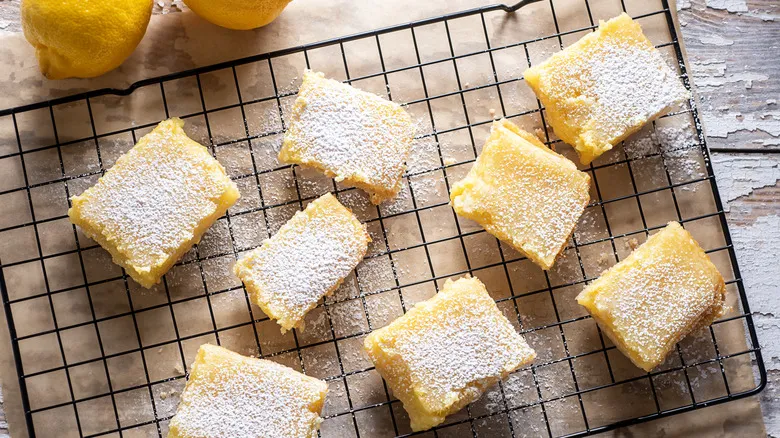
The Original Lemon Bar Recipe Isn't What We Know Today
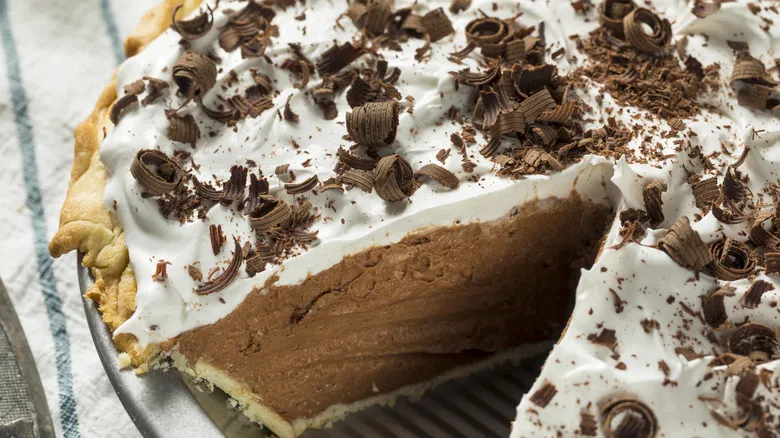
The History Of How French Silk Pie Became A Staple American Dessert

What States Produce The Most Rhubarb In America?
Next up

